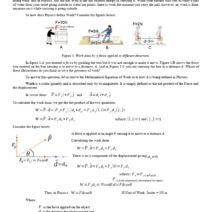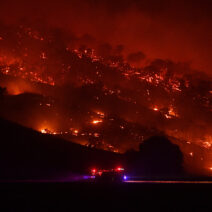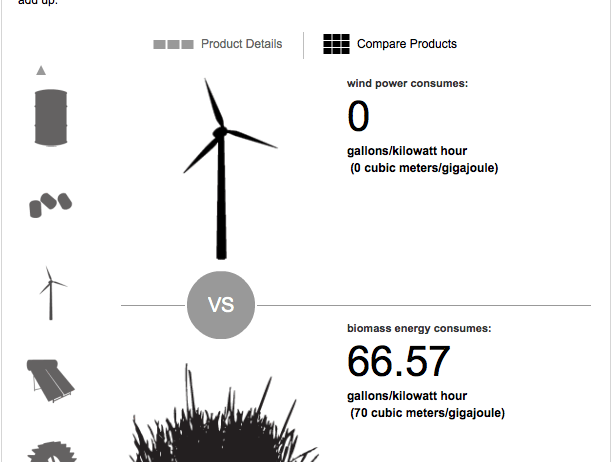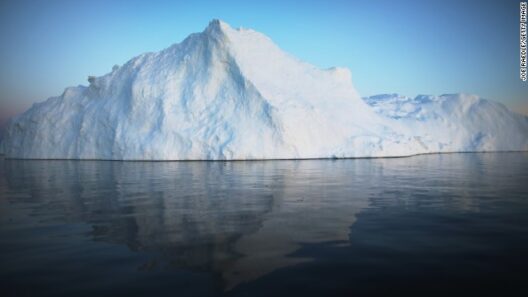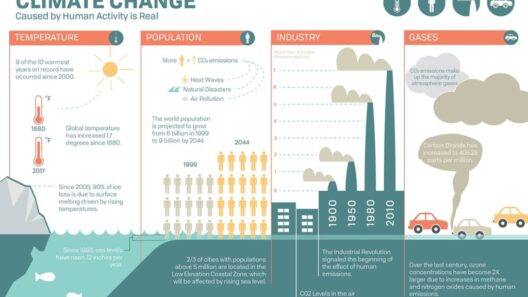Water, the quintessential elixir of life, serves as both a vital resource and an intricate player in the global warming narrative. The interrelationship between water resources and climate change is profound and multifaceted, unraveling like a carefully constructed tapestry—a tapestry that features not only the serene blues of lakes and rivers but also the chaotic hues of a warming planet.
To comprehend how water resources affect global warming, one must first acknowledge the hydrological cycle, a grandiose system that encompasses evaporation, condensation, precipitation, and infiltration. Each phase of this cycle is influenced by climatic conditions, thus creating a feedback loop with consequences for both water supply and climate. As temperatures rise, the rate of evaporation spikes, transforming aquifers, lakes, and rivers into ephemeral mirrors that reflect the sky’s desolation. This increased evaporation not only depletes freshwater reserves but also intensifies atmospheric moisture, which can lead to extreme weather events—pouring rain in some locales while leaving others parched.
Yet, this narrative does not end with water’s vaporous ascendance. The phenomenon of climate change results in the alteration of precipitation patterns, turning predictable rain showers into capricious deluges or droughts. Envision the farmer’s plight; once assured of seasonal rains, now grappling with the mercurial moods of the climate. Agricultural productivity hinges on these water resources; without them, the life’s blood of crops becomes a cruel mirage, ultimately leading to food scarcity. The implications ripple across socioeconomic strata, affecting millions worldwide.
Moreover, the melting of polar ice caps and glaciers contributes to rising sea levels, yet this phenomenon is intricately tied to freshwater systems. Glacial meltwater, which once steadily nourished rivers in warmer months, is now rapidly decanting, throwing entire ecosystems into disarray. Fish populations reliant on stable water flows face existential threats; migratory routes disrupt, leading to a cascade of consequences within aquatic food webs. In this sense, the aquatic realm is not merely a resource reservoir, but a pulse that rhythmically beats in time with the climate’s heartbeat.
Furthermore, the hidden link between climate change and water resources extends to groundwater, the subterranean reservoir that is often overlooked. Subject to intense extraction and poaching, groundwater represents a lifeline for agriculture and drinking water in many regions. Yet, as droughts become more frequent and severe, reliance on this ancient source grows, precipitating a crisis of sustainability. Groundwater depletion not only complicates water availability in the short term but also leads to land subsidence, resulting in a cyclical crisis of environmental degradation. The earth literally crumbles beneath us, a silent testament to our overexploitation.
Urbanization is yet another aspect that magnifies this dilemma. As cities expand, natural hydrological cycles are disrupted, with impermeable surfaces preventing water infiltration. Instead of feeding groundwater aquifers, rainwater rushes into storm drains, often bringing with it pollutants. This urban runoff becomes a cocktail of contaminants, jeopardizing both local water quality and ecosystems downstream. Every drop lost to this insidious process echoes the reality of a warming planet, where the delicate balance of nature is continuously upended.
Interestingly, while water is chiefly viewed as a resource, its role as a moderate and a regulator of climate warrants attention. Water bodies have an intrinsic capacity to absorb heat, modulating localized temperatures and influencing weather patterns. Lakes and oceans serve as climate buffers, but increasing temperatures threaten their functionality. Warmer waters lead to hypoxic zones, or “dead zones,” which devastate marine life. The repercussions spiral into broader ecological problems, exemplifying the integrated nature of water and climate systems.
In an effort to counteract these dire trends, innovative solutions must be explored. Rainwater harvesting and the restoration of wetlands stand out as vital interventions. The restoration of natural water systems can rejuvenate local climates, enhance biodiversity, and mitigate flooding risks. Wetlands act as the earth’s sponges, retaining excess water and filtering pollutants while providing critical habitats. Each droplet held in these natural reservoirs contributes to a broader strategy for climate adaptation and resilience.
Further, rethinking water management in agriculture is essential. Sustainable practices involving efficient irrigation methods and crop rotation can alleviate the strain on both surface and groundwater resources. The introduction of drought-resistant crops ensures food security, all while minimizing water consumption. Such practices transform the agricultural landscape into a more climate-resilient entity, forging a future where water scarcity is not a foregone conclusion.
Lastly, public awareness and education play a pivotal role in bridging the knowledge gap regarding water and climate interactions. Community-led initiatives can lead to a grassroots movement advocating for responsible water use and conservation. By understanding water as a shared resource, individuals empowered by knowledge can collectively exert pressure on policymakers, ensuring that water resources are managed sustainably, reflecting the interconnectedness of local practices and global climate health.
In conclusion, the relationship between water resources and global warming is a dynamic interplay of natural processes and human activities. Recognizing the hidden link offers a pathway forward—one that does not merely seek to mitigate the impacts of climate change but instead champions sustainability and resilience. Indeed, the journey towards a stable climate hinges significantly on safeguarding our water resources, urging us to forge a symbiotic alliance with this precious, life-giving element. Together, we can pave the way for a future where water, climate, and life coalesce harmoniously.
